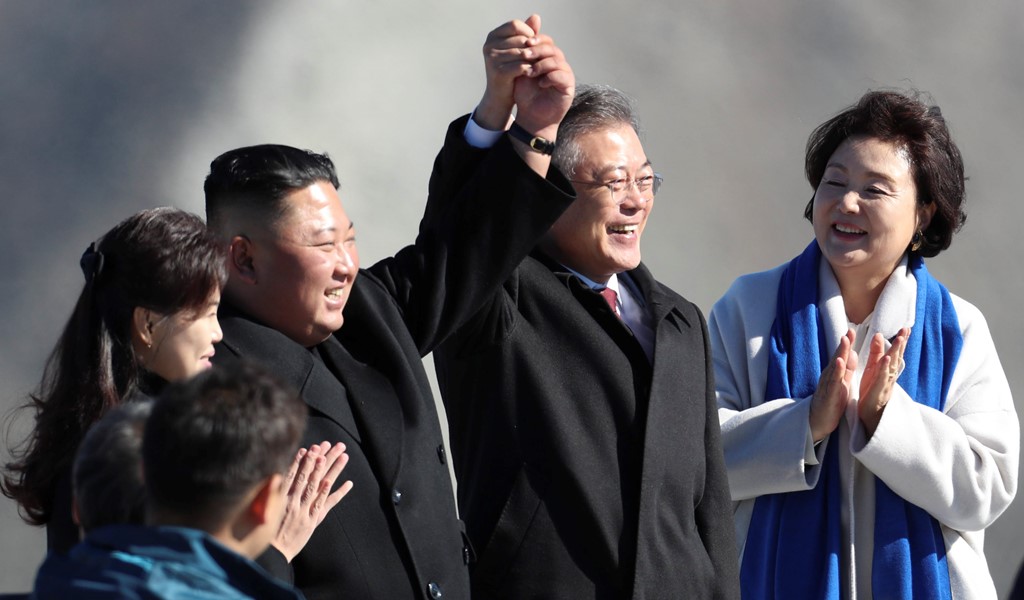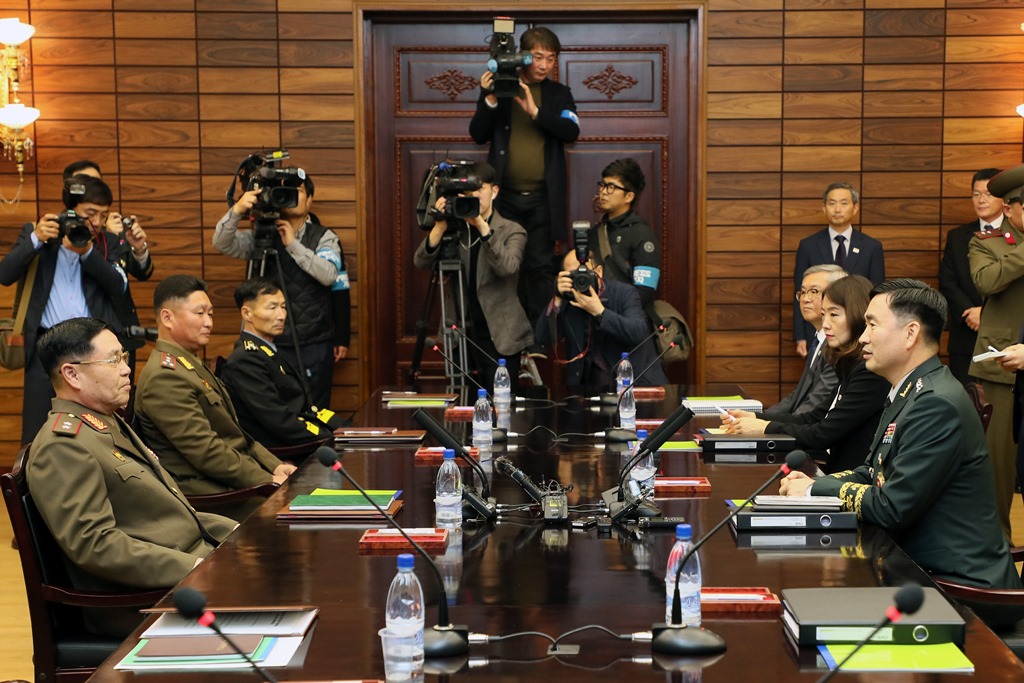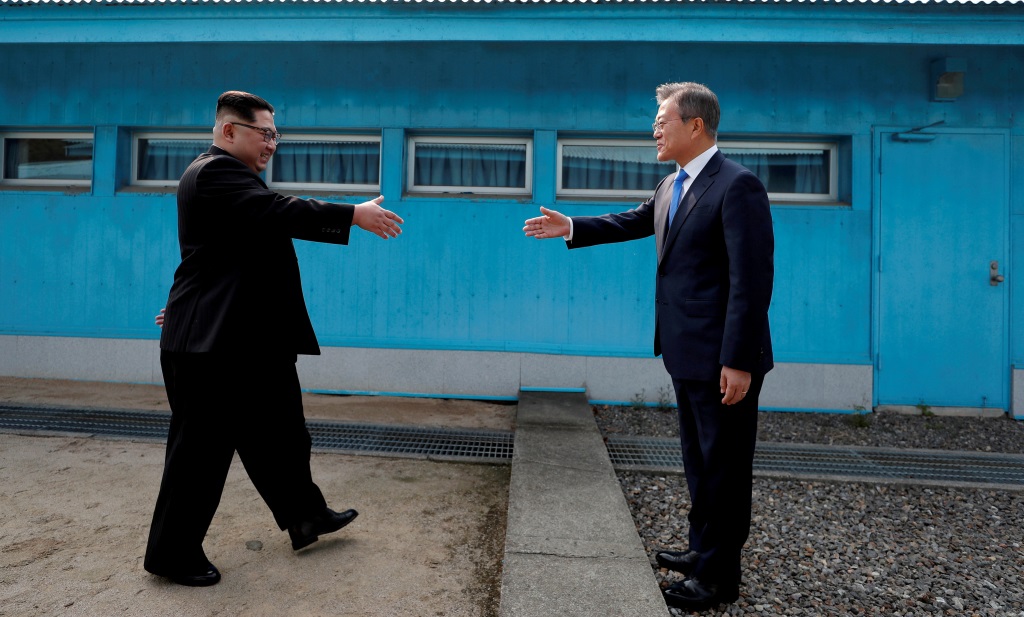The Kim-Moon Summit in Pyongyang: Impetus for U.S.-North Korea Dialogue

What were the circumstances of the summit?
The announcement of Moon’s visit to Pyongyang was included in the Panmunjom Declaration adopted during the leaders’ meeting in April. Since then, there has been an intensification of inter-Korean relations: talks between high-ranking military representatives, cultural exchanges, and a reunion of families separated after the Korean War. A few days before the summit, a liaison office opened in Kaesong, enabling permanent contact between representatives of both Koreas. In recent weeks, though, the deadlock in the U.S.-North Korea nuclear negotiations has deepened. This raised the summit’s importance and increased the determination of both Koreas to continue the dialogue.
What are the summit outcomes?
During the summit, the Declaration of Pyongyang and an agreement between defence ministers on the confidence- and security-building measures were adopted. Both documents promise to reduce military tensions at the border. The declaration also assumes the deepening of economic cooperation, including the possibility of restarting the industrial complex in Kaesong and the resumption of the Kumgang Mountains tourism project. In addition, the reunions of divided Korean families and broadening the scope of cultural exchange will be continued. As part of the denuclearisation activities, North Korea has committed to dismantling the missile engine test site and launch platform at Tongchang-ri under the observation of international experts and dismantling the nuclear facilities in Yongbyon. To maintain political contact at the highest level, it was agreed that Kim Jong-un would visit Seoul at an early date.
What is the significance of the provisions on limiting military tensions at the border and economic cooperation?
The military-to-military agreement is a concrete step towards reducing military tensions between the Korean states. It assumes the introduction of a no-fly zone along the border, the suspension of some military exercises near the demilitarised zone and in the Yellow Sea, dismantling some border posts, and reactivation of the Joint Military Committee established in 1991 to prevent cross-border incidents. In turn, the provisions on economic cooperation are only declarative in nature. This is because resumption of economic exchange depends on the lifting or at least reduction of sanctions imposed on North Korea. This, in turn, will not be possible without progress in denuclearisation.
Why are the North Korean concessions on denuclearisation not groundbreaking?
North Korea’s acceptance of the closure of Tongchang-ri, which has not been used for over a year, does not mean the cessation of the development of its missile programme. In turn, the offer to dismantle its nuclear facilities in Yongbyon is conditional and depends on “corresponding measures” from the U.S. In addition, the North has not specified which facilities would be dismantled. By offering what it considers reasonable concessions, North Korea is trying to persuade the U.S. to resume talks and make its own concessions. The North is signalling that denuclearisation details can only be worked out in negotiations with the U.S., not in the inter-Korean talks.
What’s next?
The provisions of the agreement on reducing tensions at the inter-Korean border will enter into force on 1 November. With the UN General Assembly convening soon in New York, Moon will meet with U.S. President Donald Trump next week. Moon will encourage him to resume the nuclear negotiations and start preparations for the next summit with Kim, who expressed his desire to meet with the American president. U.S. Secretary of State Mike Pompeo has already signalled his side’s desire to meet with North Korean Foreign Minister Ri Yong-ho in New York. Lower-level meetings are also possible. This may indicate that the inter-Korean summit will contribute to the U.S.-North Korea dialogue on denuclearisation.




